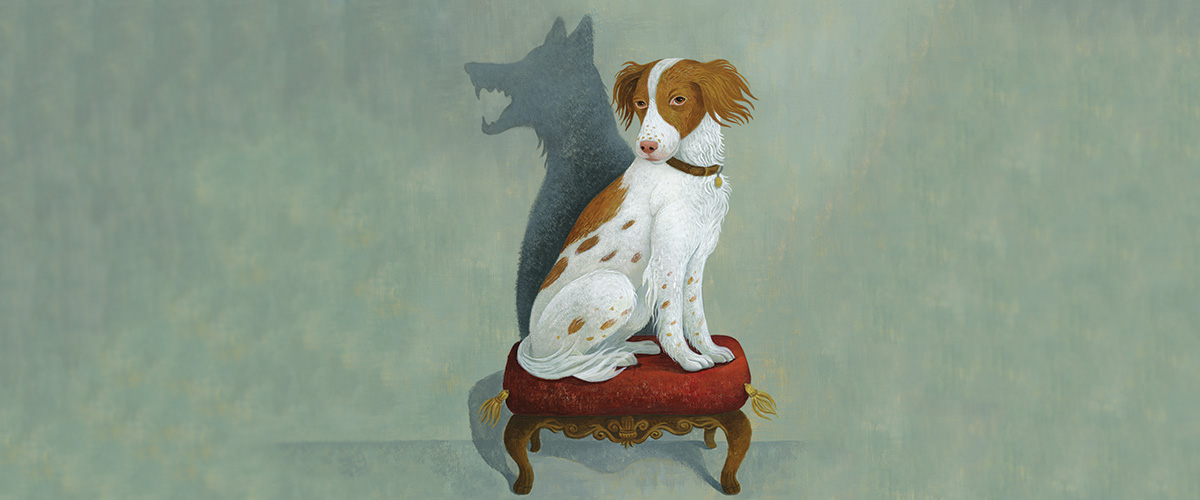HOME
DNA evidence is rewriting domestication origin stories

One lab full of rats looks pretty much the same as another. But visiting a lab in Siberia, geneticist Alex Cagan can distinguish rats bred to be tame from those bred to be aggressive as soon as he opens the lab door.
“It’s a completely different response immediately,” he says. All of the tame rats “come to the front of the cage very inquisitively.” The aggressive rats scurry to the backs of their cages to hide. Exactly how 70 generations of breeding have ingrained friendly or hostile behaviors in the rats’ DNA is a mystery that domestication researchers are trying to solve. The rats, along with mink and silver foxes, are part of a long-running study at the Institute of Cytology and Genetics in Novosibirsk, Russia. The aim is to replay domestication to determine the genetic underpinnings that set domesticated animals apart from their wild ancestors.
For thousands of years, humans have lived with animals. Some of the creatures are companions — hopping onto laps, ready to play fetch. Some have jobs — carrying heavy loads, pulling wagons and plows, and herding other animals. Others provide meat, eggs or milk. Plants, too, have been tamed. On nearly every continent, fruits, vegetables, grains, nuts and tubers stand in soldier-straight rows and yield bounty on schedule.
There was a time when the species that now inhabit humans’ homes, fields and barnyards didn’t exist. Then some people, somewhere, brought wild things under human control. Or the wild creatures exploited new ecological niches created by humans, gradually habituating themselves to people and, in essence, domesticating themselves. Both paths — scientists are still debating which was more likely for different animals — led to the creation of domesticated species or subspecies genetically distinct from their wild ancestors.
News Source